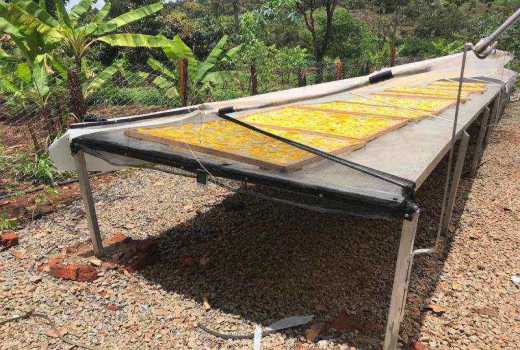×
The Standard e-Paper
Join Thousands Daily

Large swathes of mango farms with trees weighed down by huge fruits line up the Kawanjara-Ishiara road off Embu town.
Large fruits of the Tommy Atkins variety which hang on thin branches, a few inches off the ground, are an appealing spectacle.